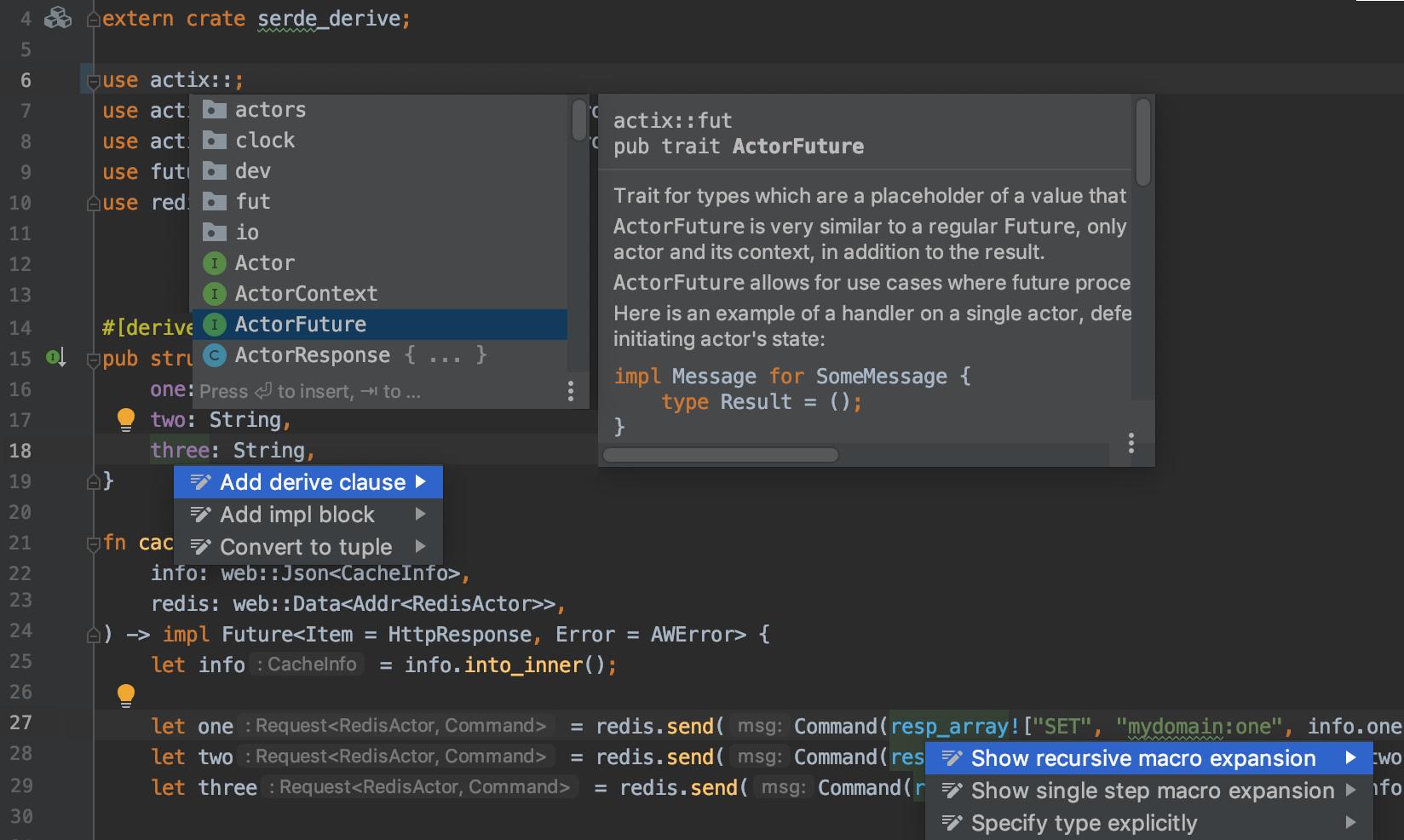

MISC Development flow Build and run the project Most or all of the usual features of Intellij like auto-completion, go to declaration ctrl+b etc should now work. When you make large changes to stack.yaml or Cabal file, you have to restart IntelliJ project. You can restart them by Tools/Restart Haskell Stack REPLs. In the background for each Haskell project two Stack repls are running. gitignore file for the project (it's not part of your projects source code). Remember to repeat this step on any change in dependencies. It creates a folder ideaHaskellLib in which it runs stack unpack for every dependency output by stack list-dependencies. This is what enables viewing docs while coding.

#GITHUB INTELLIJ DOWNLOAD#
After changes to dependencies you can download them again by using Tools | Download Haskell Library Sources. This option gives you nice navigation features through libraries. They will be added as source libraries to module. Plugin will automatically download library sources (since Stack version 1.2.1 also for test dependencies). stack-work and dist) and which folders are Source and Test.

If you want to use later version of tool, you will have to build tool manually in project's folder by using stack build. Those tools are built against Stackage release defined in project's stack.yaml. ghc-7.10.2, you may have to build them manually since there are some extra-deps should be added to stack.yaml). Plugin will automatically build Intero and HLint to prevent incompatibility issues (If you use non LTS or Nightly resolver e.g. Wizard will try to automatically configure which folders are sources, test and which to exclude.
#GITHUB INTELLIJ INSTALL#
(The plugin will install its own copies of Intero and Hlint) If other Haskell plugins are already installed, uninstall them before installing the Intellij-Haskell plugin) Start IntelliJ up and install the plugin Intellij-Haskell.
#GITHUB INTELLIJ HOW TO#
Haskell, Stack and Intellij IDEA IDE setup tutorial how to get started


 0 kommentar(er)
0 kommentar(er)
